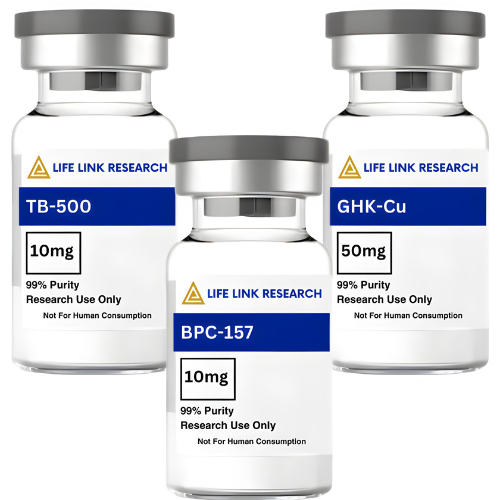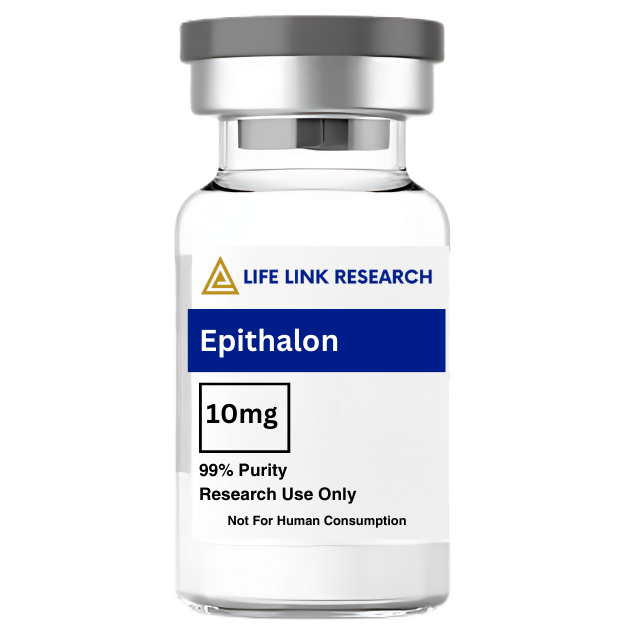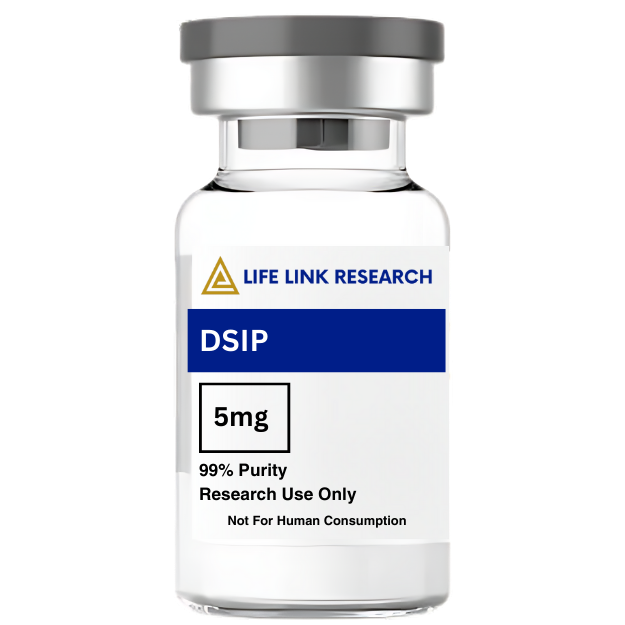$48.00
7 in stock
Purchase & earn 48 points.Product Usage: This PRODUCTS ARE INTENDED FOR RESEARCH CHEMICAL ONLY. This designation allows the use of research chemicals strictly for in vitro testing and laboratory experimentation only. All product information available on this website is for educational purposes only. Bodily introduction of any kind into humans or animals is strictly forbidden by law. This product should only be handled by licensed, qualified professionals. This product is not a drug, food, or cosmetic and may not be misbranded, misused, or mislabeled as a drug, food, or cosmetic.
PT-141 (Bremelanotide) treats sexual dysfunction by increasing sexual desire and arousal through melanocortin receptor activation, offers a rapid onset of action within an hour, and serves as an alternative for those who do not respond well to PDE5 inhibitors. (PMID: 12851303, PMID: 14999221)




PT-141 is a viable alternative for those who do not respond well to phosphodiesterase type 5 inhibitors (PDE5i) like sildenafil (Viagra) or tadalafil (Cialis). It works through a different mechanism, offering a solution for those who experience side effects from or have contraindications to PDE5i. (PMID: 14999221)
Kingsberg, S. A., Clayton, A. H., Portman, D., Williams, L. A., Krop, J., Jordan, R., … & Simon, J. A. (2019). Obstetrics and gynecology, 134(5), 899.
Diamond, L. E., Earle, D. C., Heiman, J. R., Rosen, R. C., Perelman, M. A., & Harning, R. (2006). The journal of sexual medicine, 3(4), 628-638.

Sequence: Ac-Nle-Asp(l)-His-D-Phe-Arg-TrpLys(l)
Molecular Formula: C50H6aN14O10
Molecular Weight: 1025.182 g/mol
PubChem CID: 9941379
CAS Number: 189691-06-3
| Weight | 0.05 kg |
|---|---|
| Title | Default Title |
ALL ARTICLES AND PRODUCT INFORMATION PROVIDED ON THIS WEBSITE ARE FOR INFORMATIONAL AND EDUCATIONAL PURPOSES ONLY.
The products offered on this website are furnished for in-vitro studies only. In-vitro studies {Latin: in glass) are performed outside of the body. These products are not medicines or drugs and have not been approved by the FDA to prevent, treat or cure any medical condition, ailment or disease. Bodily introduction of any kind into humans or animals is strictly forbidden by law.
LifeLinkResearch.com uses cookies to enhance your experience. By continuing to use our website, you consent to our use of cookies in accordance with our Cookie Policy.
You confirm having read our waiver and disclaimer of liability. By using this site, you agree to all terms herein.
Products on this site are intended only for research and development; they are not for human consumption and that I am a qualified individual 21 years and older. Statements and products on this site have not been evaluated by the U.S. Food and Drug Administration. Your continued use of this site implies understanding and acceptance of these conditions.
ACCEPT